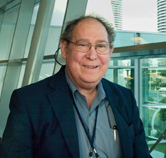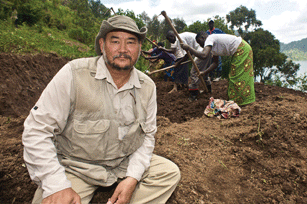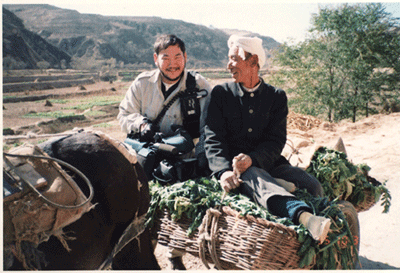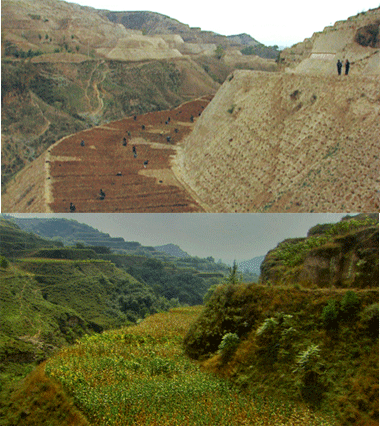
|
Published: 14 September 2010
Invest in our future – climatologist’s advice
Ecos was fortunate to speak with leading climatologist, Professor Stephen Schneider, at the international Climate Adaptation Futures Conference at the Gold Coast, less than a month before his death in July. Professor Schneider was influential in the public debate on climate change and a key scientist in the United Nations’ Intergovernmental Panel on Climate Change (IPCC).
Australia should implement mandatory energy-efficiency programs immediately, because it will take a generation to get alternative clean energy technology deployed, said Professor Schneider.
Professor Schneider – who was a senior scientist at Stanford University’s Woods Institute for the Environment – said that human civilisation has never had to adapt to a global warming of 3–5°C, ‘so it’s not in the slightest clear that we can adapt’.
Noting that adaptation and mitigation were complementary strategies, he said at the outset that adaptation costs might be lower than mitigation costs. But as adaptation to climate change impacts became harder or even impossible, it would help to set the mitigation limit.
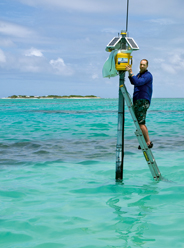
|
|
Monitoring sea level rise at One Tree Island on the Great Barrier Reef. Credit: Linda Vergnani
|
The limit for dangerous climate change set by the European Union – 2°C above pre-industrial levels – was not an ‘on-off switch’, said Professor Schneider.
‘At 1.8°C [of global warming] the world is not fine – there will be many seriously damaged systems. And at 2.2°C, it’s not going to turn into a climatic pumpkin – there are plenty of systems left that will not be harmed,’ he said.
Referring to the 2007 IPCC Fourth Assessment report, Professor Schneider said there were two ‘fans of uncertainties’ (in terms of statistical spread or range of possible scenarios): human behaviour and climate sensitivity. This was why the IPCC’s projections indicated that climate change could vary between 1.1 and 6.4°C. Global warming of above 6 degrees would be ‘catastrophic’, noted Schneider.
Professor Schneider later told Ecos, that, given humankind’s current track record, where the atmosphere is ‘treated as a sewer’, it was likely the Earth’s climate would heat up by 2–4 degrees or more by next century.
‘We’ll run out of adaptive capacity well before 4 degrees on most systems. With the melting of the Greenland and Arctic ice caps, it would be lucky if the sea levels rose less than two metres.’
Professor Schneider recommended a four-point approach to the threat of climate change. Firstly, people have to adapt to unavoidable change, doing things such as developing new crop strains to deal with climate extremes.
Secondly, energy-efficiency measures need to be introduced and legally enforced. Professor Schneider said it was an embarrassment that Australia, with its technology and education, had not yet implemented widespread rules for energy efficiency. ‘Get on with it,’ was his advice.
Thirdly, we need to invent new technology through investment from public–private partnerships, subsidies and ‘cute private sector things’, such as Richard Branson’s US$25 million Virgin Earth Challenge prize for finding a way to remove a billion tons of carbon dioxide from the atmosphere.
Professor Schneider’s fourth point was to put a price on carbon so that humans would ‘stop using the atmosphere as a free sewer.’ He said it would take just US$100 billion annually – one-tenth of the world’s economic growth rate – to mitigate climate change.
‘So we’re not bankrupting the economy – we’re just growing ten per cent slower and buying security for it,’ he concluded.
|
Australian climate scientists lost a colleague, mentor and friend with the death of Professor Stephen Schneider on 19 July, following a long battle with cancer. |
Variously described as a climate warrior1, activist and giant in climate research, Stephen was last in Australia in late June – less than a month before his death – as a keynote speaker at the International Climate Adaptation Futures conference on the Gold Coast. |
At the conference, he took the opportunity to energetically communicate with Australians on climate science, and meet with fellow Intergovernmental Panel on Climate Change (IPCC) authors to discuss planning for the next IPCC Report, due in 2014. |
The visit continued his close association with Australia. Some tributes from the many Australian scientists he worked closely with can be found on the Australian Science Media Centre web site (www.aussmc.org/2010/07). |
1 Schneider, SH (2009). Science as a contact sport: inside the battle to save the Earth’s climate. National Geographic, USA, 288pp. |


